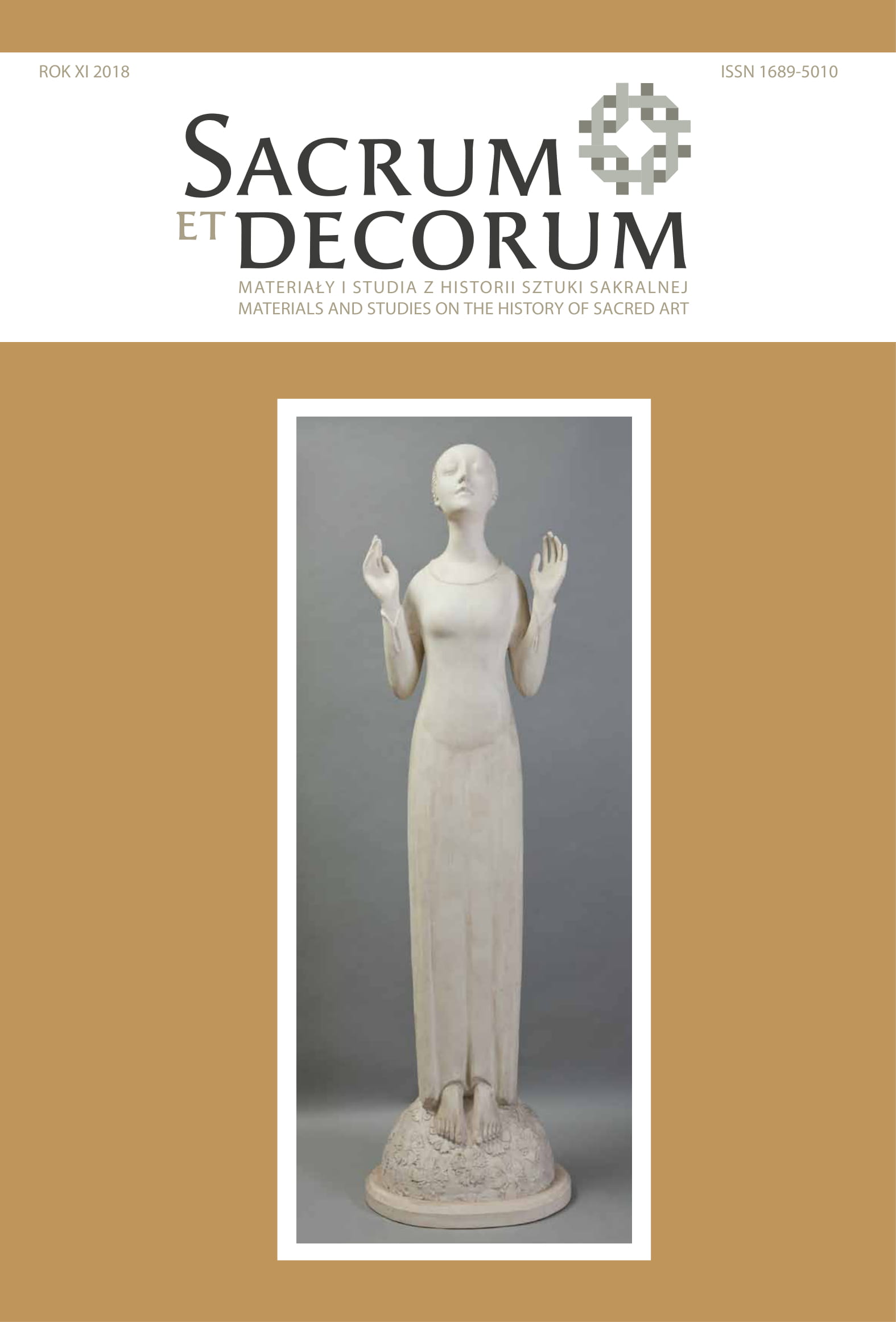Sakralne złotnictwo oraz metalowe wyroby rzemiosła artystycznego z XIX i początku XX wieku. Oryginał, kopia, falsyfikat?
Gold and metal sacred decorative arts of the 19th and early 20th century. The original, copy, or forgery?
Author(s): Małgorzata Kierczuk-MacieszkoSubject(s): Cultural history, History of Art
Published by: Wydawnictwo Uniwersytetu Rzeszowskiego
Keywords: censer; artistic metalwork; goldsmithery; casts, copy;counterfeit; antiques market;
Summary/Abstract: In the holdings of Polish churches one can find liturgical vessels and artistic metal handcraft from the 19th century, designed in historical styles. These are handcraft items made of precious metals by goldsmiths and jewellers, as well as copper and tin alloys by braziers and similar professionals. These objects were supposed to be distinguished by their material quality and exquisite workmanship from cheaper, mass-produced plated objects. Another group of metal antiques are copies of historical vessels. An increased interest in history and the formation of nation states in the nineteenth century introduced in the whole of Europe the fashion for copying artefacts that were esteemed for their historical, cultural and artistic value. The copied objects were the ones important for the history of the country or representative for the art of the region. However, the main influence on the activities of the 19th-c. masters of metalwork was exerted by the then dynamically developing collections, museums and art market. Antiques required professional repairs, which made it necessary to learn about old techniques and technologies. Unfortunately, conservation was only one step away from counterfeiting, because there was a demand for high-priced originals. As a result, a huge number of high quality forgeries of outstanding artistic and stylistic value, proving the technical virtuosity of their makers and their vast knowledge of historical design, appeared in the collectors’ market. At the turn of the 20th century, craftsmen achieved such a level of sophistication in making imitations that even experienced experts were sometimes deceived.It is not surprising, then, that the discussed antiques are often negatively perceived by contemporary art historians as derivative, pseudo-stylistic, or even forgeries. In practice, determining their age and provenance often turns out to be a difficult task, burdened with a large margin of error. Small products made of base metals in particular require careful attention, be- cause it is easy to make a mistake, identifying a product from the 19th century as an older one or vice versa, which in this article is illustrated by the example of brass and bronze censers.
Journal: Sacrum et Decorum. Materiały i studia z historii sztuki sakralnej
- Issue Year: 2018
- Issue No: 11
- Page Range: 99-117
- Page Count: 19
- Language: English, Polish

